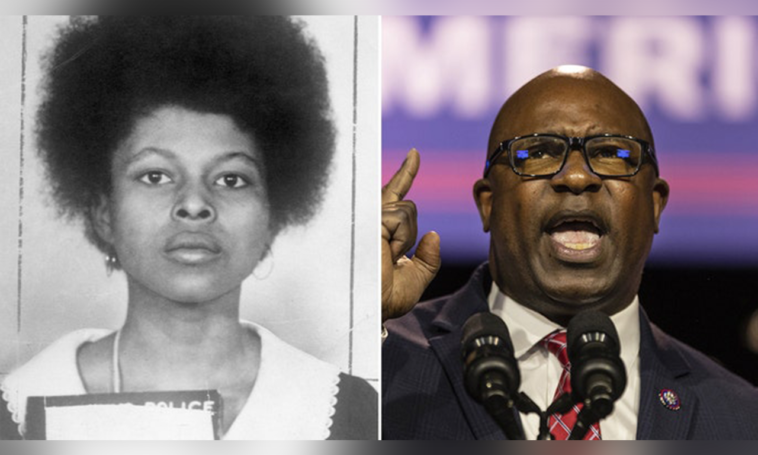Jamal Bowman honoring a convicted murderer sparked controversy. The controversy surrounding Rep. Jamaal Bowman’s connection to the “Wall of Action” project at Cornerstone Academy for Social Action Middle School (CASA) has ignited a broader discussion on the intersection of education, activism, and the inclusion of historical figures with controversial backgrounds.
“The 2014 video showcases Bowman, then the school’s principal, praising various Black and Latino figures featured on the wall, including Assata Shakur, a convicted murderer and radical activist.”
Assata Shakur, also known as JoAnne Chesimard, was a member of the Black Liberation Army and was convicted in the 1973 killing of a New Jersey state trooper. She later escaped from prison in 1979 with the help of Mutulu Shakur, another radical activist praised by Bowman in the video. Assata fled to Cuba, where she remains a wanted domestic terrorist.
The “Wall of Honor” at CASA, as highlighted in the video, included Mutulu Shakur, former Rep. Cynthia McKinney, and other figures, alongside more mainstream figures like Barack Obama and Booker T. Washington.
The video has sparked criticism, particularly for Bowman’s apparent endorsement of individuals with controversial backgrounds, raising questions about the appropriateness of celebrating figures involved in criminal activities.
Bowman, who founded CASA and served as its principal until 2019, is now facing scrutiny for his role in promoting a narrative that some view as problematic. The video shows him referring to those on the wall as “tremendous, tremendous figures,” emphasizing the school’s commitment to recognizing historical contributions from various perspectives. However, the inclusion of individuals like Assata Shakur, who was convicted of a violent crime, adds complexity to the narrative.
In response to the controversy, a spokesperson for Bowman defended the school’s approach, stating that leaders in the Black liberation movement, including those with complicated biographies, were rightfully included in educational discussions. The spokesperson dismissed accusations from the far-right, asserting that educating students about significant figures in Black American history does not promote divisive or hateful rhetoric.
This incident brings to the forefront the challenges educators and leaders face when navigating the inclusion of complex historical figures in school curriculums. The debate extends beyond Bowman’s specific case to broader questions about how schools should approach the teaching of figures with both positive and contentious aspects to their legacies.
One notable aspect is the acknowledgment of a nuanced and multifaceted understanding of history. While some argue that including controversial figures allows for a more comprehensive examination of historical narratives, others contend that such inclusions may inadvertently glorify individuals involved in criminal activities. Striking a balance between presenting diverse perspectives and ensuring responsible education becomes a delicate task for educators.
Critics argue that the celebration of figures like Assata Shakur may send conflicting messages to students about the boundaries of acceptable behavior. The fact that Shakur is a convicted murderer and remains a fugitive raises concerns about the potential glorification of criminal actions in the pursuit of political or ideological goals. This raises broader questions about how schools navigate the complex terrain of educating students about historical figures with mixed legacies.
The controversy surrounding the “Wall of Action” project also draws attention to the broader issue of activism in education. While many support the idea of fostering critical thinking and awareness of historical injustices, there is an ongoing debate about the extent to which schools should align with specific activist movements and ideologies. The inclusion of figures associated with radical activism in educational projects may inadvertently blur the line between education and advocacy.



Join the Community and Be a Part of the Conversation
You must be logged in or registered to post a comment.